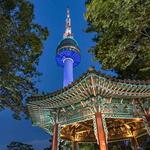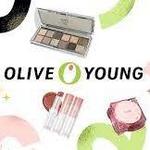
Things To Do
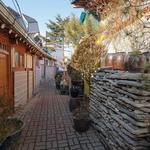
Seochon Hanok Village
Seochon Village refers to a village sitting to the west of Gyeongbokgung Palace. Old and new shops and hanok buildings (traditional Korean houses) sit together in harmony.
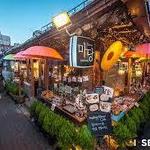
Ikseon-dong
This urban hanok village was created in 1920s and 1930s as a common people residential complex. Unlike the hanok villages of Bukchon or Seochon, the houses here tend to be smaller and humbler. Today’s Ikseon-dong is a quirky collection of cafes, restaurants, bars, and shops, mostly with retro aesthetics.
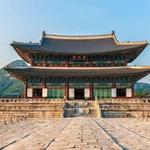
Gyeongbokgung Palace
There are five palaces in Seoul, all royal palaces of the Joseon Dynasty and symbols of Korea’s culture and history. Gyeongbokgung Palace is the primary palace that was established in 1395. Our favorite is Changdeokgung (99 Yulgok-ro, Jongno-gu) with the secret garden. Please check out the other palaces as well. Deoksugung Palace: 99 Sejong-daero, Jung-gu, Seoul Changgyeonggung Palace: 185 Changgyeonggung-ro, Jongno-gu, Seoul Gyeonghuigung Palace: 45 Saemunan-ro, Jongno-gu, Seoul
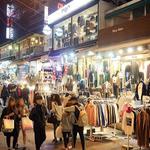
Hongik University (Hongdae) Street
The heart of Seoul’s youth culture is this eclectic collection of cafes, restaurants, bars, clubs, art markets, galleries, and shops. Its numerous alleys wind through the area, carrying unique themes like clubbing, art, and murals (Picasso Street). Busking, performances, events, and the powerful energy of youthful freedom draw numerous youths to the area, especially on weekends. Ryse Autograph Collection is located in the center of Hongdae.
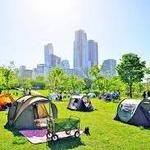
Yeouido Hangang Park
One of our favorite date spots is a park on the banks of the Han River. The park provides picnic gear that you can rent, and you can enjoy a variety of street food and even have food delivered. It's a great place to enjoy the river view and the sunset with some beer and music.

